Japanese Calligraphy
Calligraphy Paper for Shodo: Which One is Best?
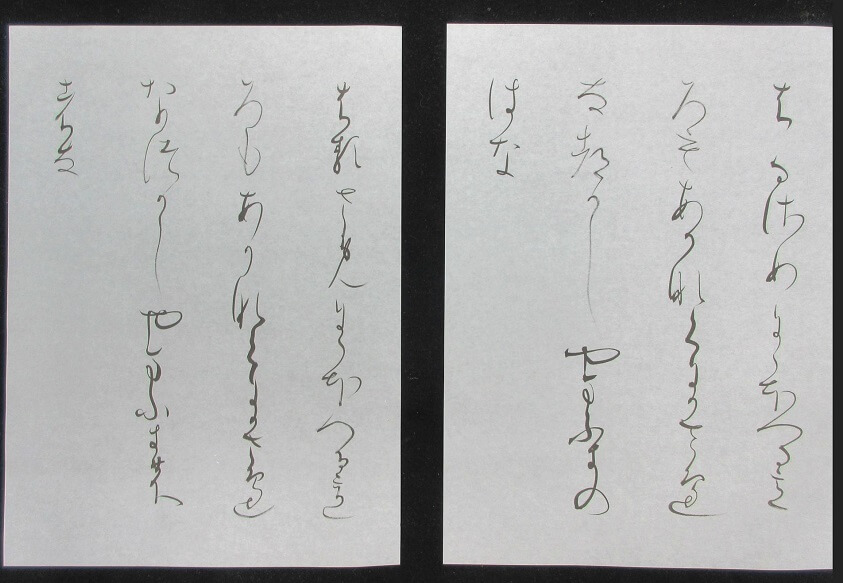
The discipline of calligraphy technique to write beautiful characters is called Shodo, or Japanese calligraphy writing. Shodo is considered to enrich doer’s minds and the way to express individual beauty. In Japan, it has considered that Shodo calligraphy writing should be taught as a part of the tradition. Therefore, Japanese government have been established learning curriculum for elementary pupils from grade 3 to 6 and the students in middle schools.
Because of these curriculum, many Japanese enjoy calligraphy writing today, so you can find calligraphy writing tools sold in many shops. In this post, I’ll introduce one of the important tools, Japanese calligraphy paper.
Size of Shodo Paper: Basic Size and Variations
There are a lot of size variations for Shodo paper. You can choose whichever appropriate for your purpose.
The basic size of Shodo paper is called “four-shaku Gasen”. Its size is 69 x 136cm. Shaku is an old Japanese unit of length. 1 shaku is approximately 1 foot or 30cm. Based on the Four-shaku Gasen size, a paper cut in half vertically is called Hansetsu. Its size is 34.5 x 136cm, and is traditionally the most commonly used paper.
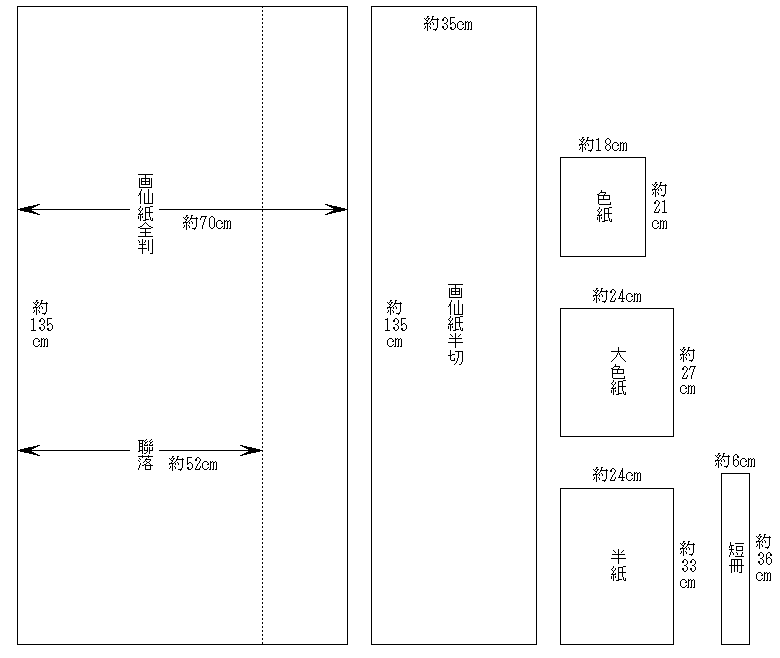
Differences Between Handmade and Machine-made Papers
Washi, Japanese paper, has been made of plants by hand; mainly Broussonetia papyrifera, Diplomorpha sikokiana and paper birch have been used. In present, however, Washi paper made by machine became more and more popular. The handmade process of Washi Japanese paper was originally handed from China continent, which was then modified in Japan to be Washi making process today. The handmade process of Washi requires many and time-consuming process, and it also requires maturity of techniques by craftsmen. Among Washi products, some are decorated by patterns and colors, which is called Ryoshi and used especially for elegant Shodo writings.
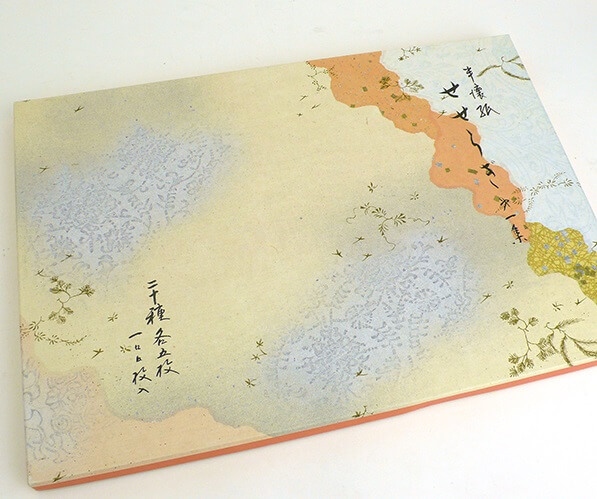
Machine-made Washi paper is made by large machines. By using large machines, efficient mass-production became possible. A big difference between handmade and machine-made papers is manufacturing sizes. Handmade paper is made one by one by hand, therefore maximum size a craftsman can make is limited to the length of his/her arms. In comparison, it depends on the size of machine by machine-made paper, so large machine can produce large size paper and it can be produced as a roll i.e. very long.
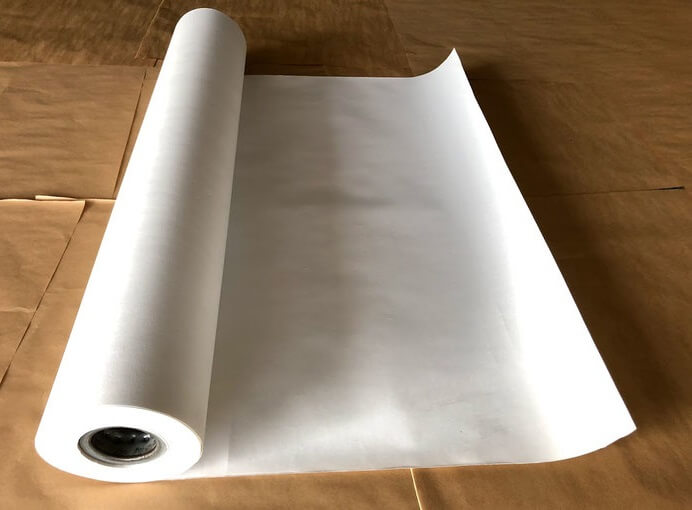
Secondly, it differs its raw materials.
Handmade paper is traditionally made of bark of trees such as Broussonetia and paper birch, whilst machine-made papers are mainly made of wood pulp. Washi papers that contains much of raw materials used for handmade paper will be Washi products in which bleeding is hard to develop.
Generally speaking, Washi paper bleeding is easy to develop is considered to be hard to write beautifully. Having said so, it is not necessarily a perfect paper if it does not develop bleeding at all. Bleeding sometimes help to make expressiveness of a calligrapher and make it artistic. In present, it can be controlled how much bleeding will be happen by both handmade and machine-made production process. It is important to choose a paper with understanding its properties.
Let’s get back to the point of quality difference. It became very hard to tell machine-made products from handmade ones thanks to development of machine technology and accuracy. However, I’d say handmade Washi Japanese paper has better quality; calligraphers can make his/her writing more expressive. Another benefit of handmade paper is not too smooth and uniform. Its surface is uneven, by which you can feel warmth of a handmade product.
Furthermore, it has an advantage due to time-consuming process of handmade Washi papers. In the past, there were leaving steps among making process. Produced paper was left for a while in a factory, and it was left for a while again in wholesale dealers and shops, and it was also left for a while by calligraphers before use. By leaving Washi paper for a certain amount of time, extra moisture and glue would be removed and paper surface become tightened, which make paper hard to, but appropriately, be bleeding. Recently, however, this leaving process is omitted to meet fast cycle of production and shipment. Instead of that, chemicals are used to reduce bleeding.
In Conclusion
I’ve introduced Washi paper for Japanese calligraphy. There are variety of sizes for Japanese calligraphy papers and they are sold in many places, so you can choose whichever you like and express as you’d like.
Making process of Washi papers can be categorized in handmade and machine-made. Craftsmen make handmade Washi papers one by one by complicated process. This time-consuming process make unique mood of valuable handmade papers. They are actually expensive. In present, handmade Washi Japanese paper is placed to be a traditional craft and is made by experienced craftsmen in several producing centers in Japan.
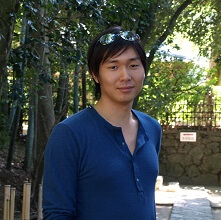
Author - Hiro
Lived in Kyoto in school days, I was impressed by profundity of history and tradition of the city. Had a job to join the three major festivals of Kyoto: Aoi, Jidai and Gion festivals. Love Kyoto and Japanese culture.
Manager of OrientalSouls.com, selling items of Japanese culture, tradition and craftsmanship. I'll introduce interesting information about Japan!

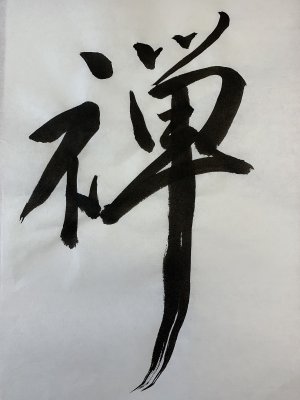
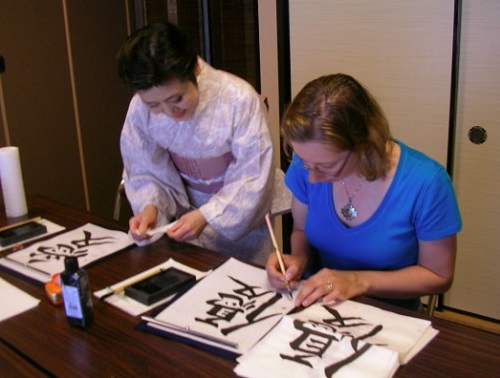
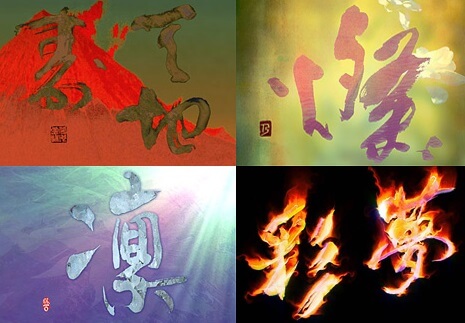
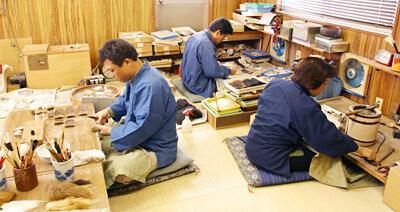
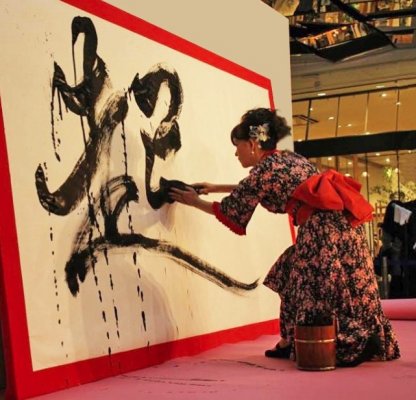
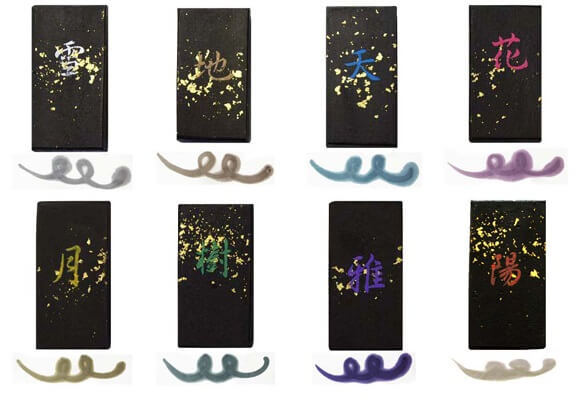
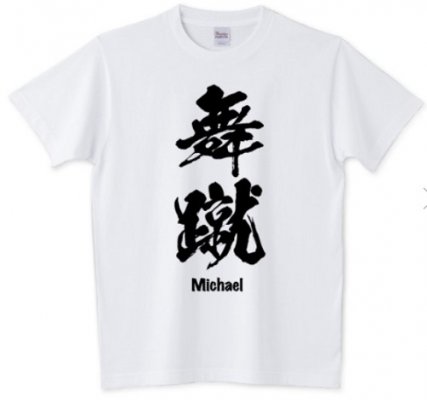
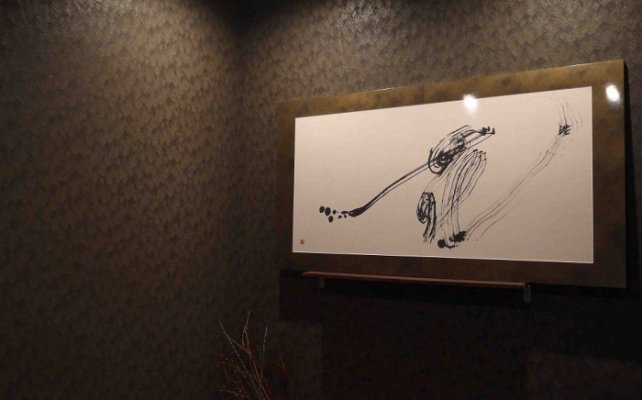
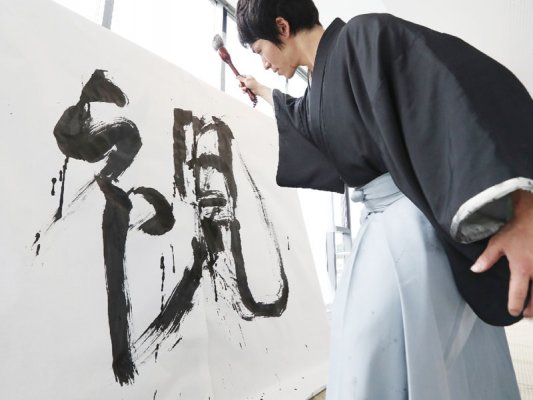
About Orientalsouls.com
Learn and Buy Japanese Craftsmanship, Tradition & Culture
OrientalSoul.com is the online shop where you can buy traditional crafts of Japan.
We only sell selected authentic products in which true spirits of Japanese craftsmanship exist.
You may be able to find similar products in other shops for lower prices. However, we sell products based on fair prices that worth labor and value of experienced craftsmen.
In addition, we introduce stories about product history, how a product is made, what makes it different from others, and how the product enriches your life!